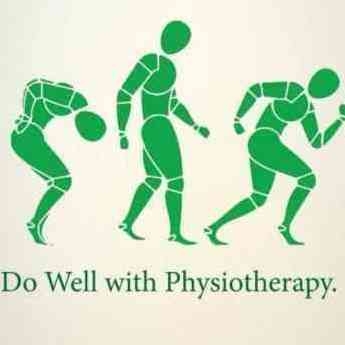+918042754929

This is your website preview.
Currently it only shows your basic business info. Start adding relevant business details such as description, images and products or services to gain your customers attention by using Boost 360 android app / iOS App / web portal.
GLUTEUS MAXIMUS ⠀ [FUNCTIONAL ANATOMY] ⠀ The GL...
GLUTEUS MAXIMUS ⠀ [FUNCTIONAL ANATOMY] ⠀ The GLUTEUS MAXIMUS is the the source of power for human function and athleticism (sprinting, squatting, jumping, throwing). ⠀ Conventionally thought of as a hip extensor and external rotator, it has many moment arms and functions depending on the position of the femur and the fibers that are creating pull. ⠀ 'G' in this diagram represents the line of pull of the Gmax, which changes depending on the position of the femur (insertion of muscle). For instance, in this photo you see the origins of the GMax with corresponding "individual" fiber bundles (light purple): - Ilium - Sacrum - Coccyx ⠀ Each of these attachments creates functional subdivisions within the Gmax itself. ⠀ When the hip is in neutral as in standing, the Gmax divisions are well positioned to perform extension and external rotation. This diagram shows the distal border of the Gmax in standing (D). ⠀ When the hip moves into 90 degrees of (sitting, squatting), the distal border of the Gmax shifts superior (A in diagram). This prevents crushing of the muscle into the ischial tuberosity when sitting (* in diagram). This position creates different pulleys for the muscle fibers with the Iliac fibers now creating INTERNAL ROTATION of the hip at 90 degrees of hip flexion. ⠀ Many athletes have limited hip internal rotation at 90 degrees of flexion or in a deep squat (pinching pain in groin). This can be easily diagnosed as Femoro-acetablular impingement, but perhaps it's just lack of functional/positional Gluteus Maximus and gluteus minimus strength

